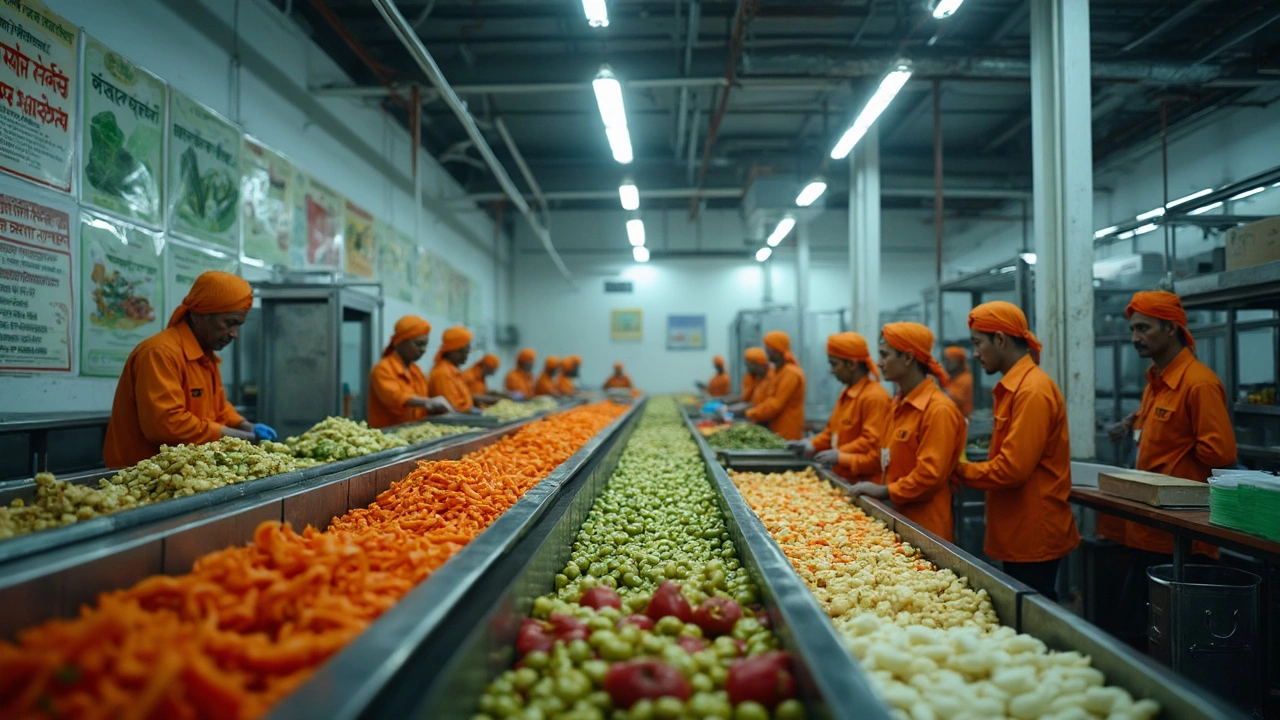Quality Control in Indian Manufacturing – Why It Matters
Every product that leaves a factory carries the reputation of the maker. In India’s fast‑growing industrial scene, quality control (QC) is the safety net that catches defects before they reach the customer. Whether it’s a pharma batch, a steel beam, or a piece of furniture, solid QC means fewer recalls, happier buyers, and stronger margins.
Key Practices for Effective Quality Control
First, set clear standards. Use industry guidelines (like ISO 9001) as a baseline and tailor them to your plant’s capabilities. Next, make inspection a habit, not an afterthought. Simple visual checks on the shop floor, paired with periodic lab tests, catch problems early. Data is your best ally—track defect rates, analyze trends, and adjust processes on the fly.
Training the workforce is another must‑do. Operators who understand why a tolerance matters will spot out‑of‑spec parts before a machine even stops. Empower teams to halt production when they see a defect; the cost of a short pause is far less than fixing a faulty shipment later. Finally, close the loop with corrective actions. Document every issue, assign responsibility, and verify that the fix works before moving on.
How Quality Control Impacts Indian Industries
Look at the pharmaceutical sector. The post “Why So Many Pharmaceuticals Are Made in India” shows that cost and scale fuel growth, but strict QC determines whether those drugs reach global markets. A single contamination incident can shut down a plant and damage an entire brand.
In steel, the debate between Pittsburgh and Birmingham illustrates regional strengths, yet quality control decides which steel wins contracts abroad. Consistent tensile strength and low impurity levels are non‑negotiable for overseas buyers.
Furniture makers, like IKEA’s India push, rely on QC to match design specs with raw material quality. Selecting the right wood—teak, sheesham, or other locally sourced timber—requires checks for knots, grain consistency, and moisture content to avoid warping later.
Even sectors that seem unrelated, such as imported cars or textile factories, follow the same QC logic. The 25‑year rule for imported vehicles, for instance, includes safety inspections that protect buyers. Opening a textile factory demands QC on yarn strength, dye fastness, and fabric uniformity to stay competitive.
Lean manufacturing’s “7 wastes” article points out that poor QC creates rework, excess inventory, and idle time—exactly the wastes Lean aims to eliminate. By tightening QC, manufacturers cut waste, boost efficiency, and improve profit margins.
In practice, start small. Choose one critical process—say, bolt torque on an assembly line—measure it daily, and set a control chart. When a point falls outside the limit, investigate immediately. Expand this habit to other processes and watch overall quality rise.
Remember, quality control isn’t a separate department; it’s a mindset woven into every step of production. When every worker sees themselves as a quality guard, defects drop, compliance improves, and the brand gains trust both at home and overseas.

Food Units: The Backbone of Efficient Food Processing
Food units are the building blocks of food processing, where raw ingredients are turned into finished products ready for the market. This article breaks down what food units actually are, how they work, and why they matter for manufacturers and consumers alike. You'll get to know the different types of food units, important equipment inside, and safety rules that keep everything running smoothly. We also dig into the recent trends in the food processing industry and share tips for running a successful food unit. Whether you're in the food business or just curious, you'll find practical advice and real-world examples here.
